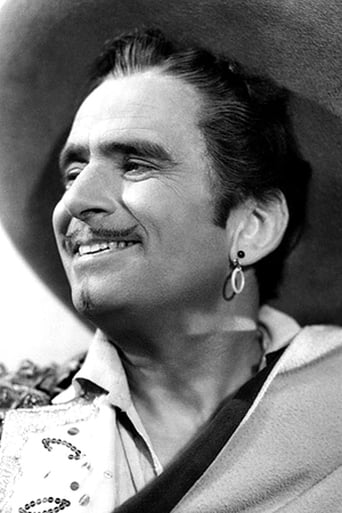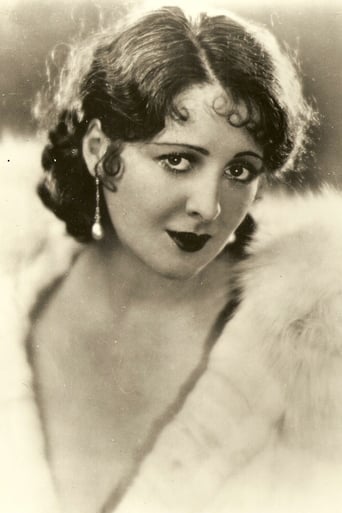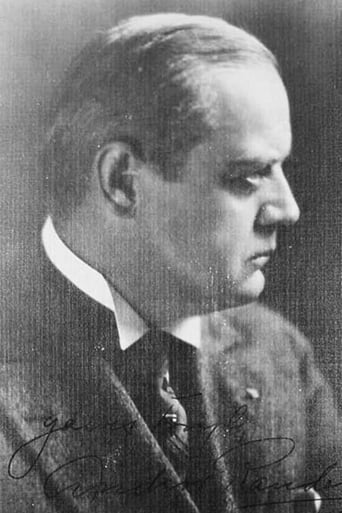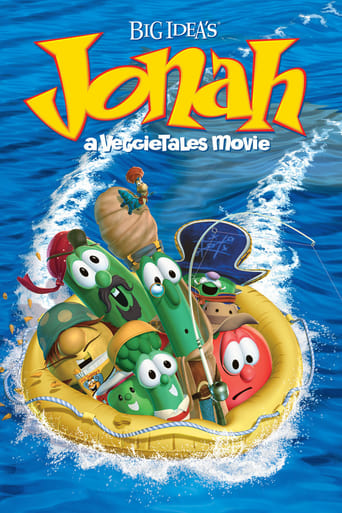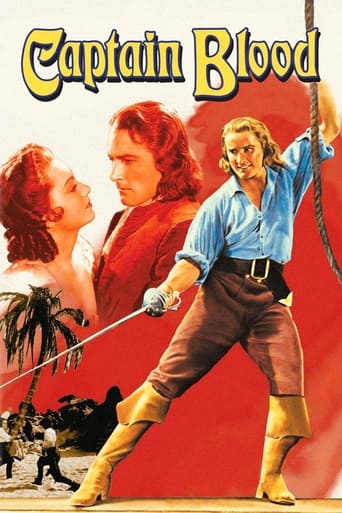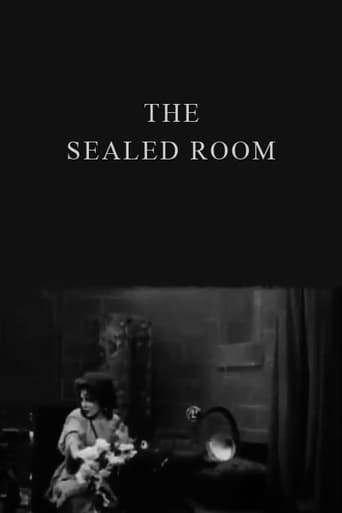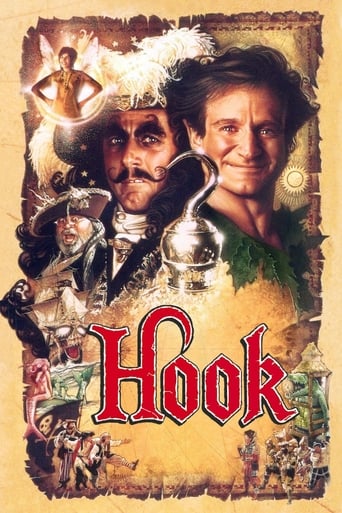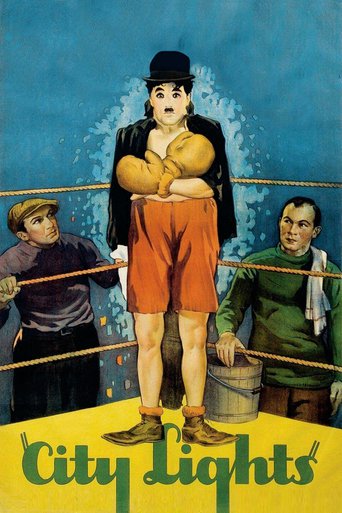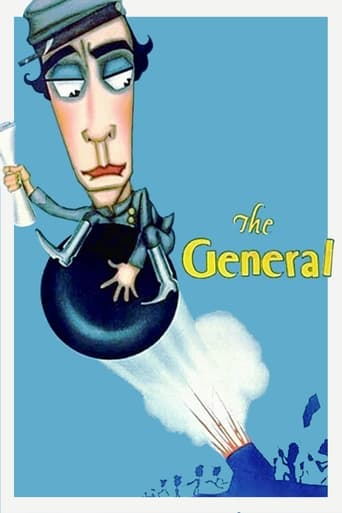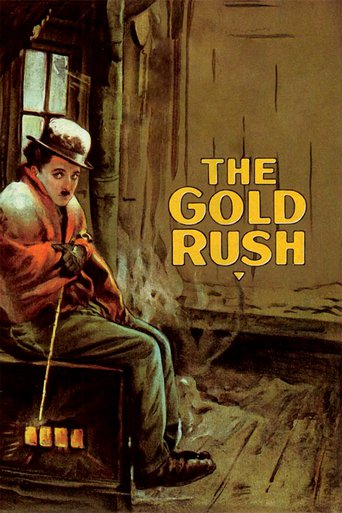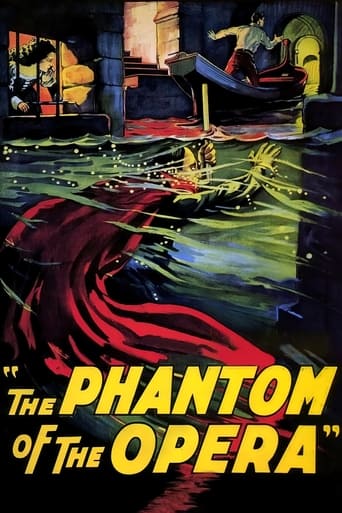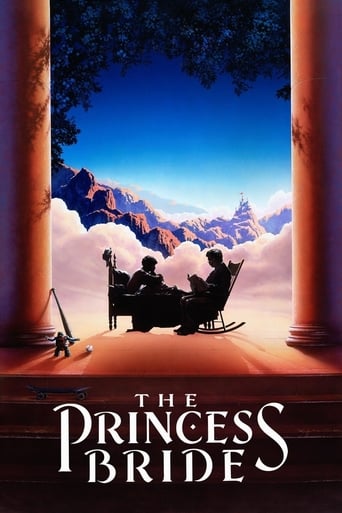

The Black Pirate (1926)
A nobleman vows to avenge the death of his father by the hands of pirates. To this end, he infiltrates the pirate band; Acting in character, he single-handedly captures a merchant vessel, but things are complicated when he finds that there is a beautiful young woman of royal blood aboard.
Watch Trailer
Cast


Similar titles
Reviews
Fun silent pirate movie , plenty of action , thrills , exciting sword-play , luxurious costumes , athletic feats , fabulous scenarios ; all meld together under Albert Parker's right direction . This exciting swashbuckling deals with the love story of a bold Buccaneer (Douglas Fairbanks) and a gorgeous princess (Billie Dove) and a subsequent vengeance . As a shipwrecked mariner vows vendetta on the pirates who destroyed his father's ship .As he writes on his father's tomb : ¨My father I solemnly vow¨. Seeking revenge, the athletic young man joins the pirate band led by a nasty captain (Randolf) responsible for his father's death . As Fairbanks uses all kind of shrewdness in order to penetrate a well-defended ship and take the command . Amusing pirate movie , plenty of emotion , astounding adventures , realistic miniature work , evocative cinematography in black and white and luxurious costumes ; this is the quintaessential pirate movie . This classic story of romantic adventure come to life enriched by fabulous scenarios and adapted rightly to the screen . Overwhelming battle ships , sword-play and full of villainy , romance , swashbuckler and heroism . The picture is fast-moving , exciting and thrilling right up to the climatic confrontation between Douglas Fairbanks and his villain enemies . Big budgeted film by United Artists Pictures , using appropriate ship shots and miniature sets when possible . ¨Black pirate¨ results to be Douglas Fairbanks's swashbuckling best and has achieved a classic status . Charming Douglas Fairbanks steals the show when he bounds and leaps , flies and run ; in addition he is the screenwriter of this rollicking adventure . Fairbanks executes athletic feats , moving sword-play and spectacular acrobatics similarly he demonstrated in other classics such as The Mark of Zorro (1920), Robin Hood (1922), Three musketeers , Don Q Son of Zorro , The gaucho , The iron mask , The Taming of the Shrew , Don Juan , Mr Robinson , among others . Douglas performed most of the stunts in his films himself. He was an excellent athlete and used his physical abilities to his best advantage. Douglas was king of Hollywood by that time and he formed his own production company ; during a Liberty Bond tour with Charles Chaplin he fell in love with Mary Pickford with whom he, Chaplin and Griffith had formed United Artists in 1919. In fact, there is a cameo appearance by Mary Pickford as Princess Isobel in Final Embrace . Furthermore , there appears Nino Cochise, grandson of the famous Apache chief Cochise as an extra in this movie , it was his second extra job in Hollywood, his first one being in Douglas Fairbanks' Robin Hood . The crew of Douglas Fairbanks' longboat in the climactic chase and battle were members of the crew of the USS Arizona .Bright black and white cinematography , though also available in color .This silent version was accompanied with an appropriate piano musical score . The motion picture was professionally realized by Albert Parker who directed some vehicles for Douglas Fairbanks . However , Donald Crisp -who plays a secondary role- was the original director, but after a few days of filming had a falling-out with star Douglas Fairbanks and was replaced by Parker.
It beats selling soap!Douglas Fairbanks stood alone at the top in 1920. He was the original action hero, and a bona fide movie star. His smiling face appeared on newspapers from coast to coast. The happy-go-lucky upstart of filmdom, clean-cut American destined for danger, was a proved commodity. Why then would he fuss with his formula to produce a costume drama? The Mollycoddle (1920) was the story of a citified dude in the Wild West who foils a gang of diamond smugglers. It was standard fare for 'Doug'. The Mark of Zorro (1920) was a radical departure, starring Fairbanks as a mysterious masked avenger, and the first in a string of films still considered the model for action-adventure. Next came D'Artagnan in The Three Musketeers (1921) and an epidemic broomstick dueling schoolboys. Fairbanks' exploration of storybook legends coincided with the development of feature films, and what was seen as an obligation to increase their length and complexity. In order to produce longer films he diluted his stories, slowing the pace by spreading the action over more time and an increasingly complex production design. The Mollycoddle was a reasonable 86 minutes. The Son of Zorro increased to 107, The Three Musketeers (1921) to 119, Robin Hood (1922) to 133 and The Thief of Bagdad (1924) to a whopping 155 minutes!All were great films, better than great, but they suffered progressively from momentum-killing longevity. William K. Everson described the cost of this elaborate expansion as a loss of "the essentially Fairbanksian qualities, enthusiasm, pace, wit, good humor, and the ability to make points quickly and pungently." Don Q Son of Zorro (1925) while still a bit long at 111 minutes showed a degree of moderation, and played very fast.The Black Pirate (1926)Thursday, July 5, 3:30 & 7:00 p.m., The Lynwood, Bainbridge IslandThe Black Pirate (1926) was lightning in a bottle, set on the high seas with relentless action, energetic humor and the absence of a pointlessly convoluted plot, held to a sensible 88 minutes. Fairbanks developed fantastic stunts while dazzling his audience with two-strip Technicolor throughout the film. The notable absence of women (much to the delight of Fairbanks' target audience there were only two) was largely due to a storyline occupied by bloodthirsty cutthroats, noble mariners and 'Doug', somewhere in the middle. Billie Dove was cast as the love interest and obligatory damsel in distress, Princess Isobel, based on Fairbanks' belief that she photograph well in color. Donald Crisp was memorable as MacTavish, a one-armed Scottish buccaneer and first mate of sorts, while Fairbanks' mascot Charles Stevens played the powder man, who gleefully encircled captive sailors with a trail of black powder before blowing them up with their ship.The essence of fairytale Hollywood, The Black Pirate was filmed at Fairbanks/Pickford Studios while Mary was making Sparrows (1926). The story is told that Pickford forbade her husband from kissing another woman, including any actress in any of his films. The final scene of The Black Pirate called for Fairbanks to kiss the Princess. Mary was suitably costumed and facing away from the camera, performed the clincher herself. Another well known story, fact or fable, tells of Fairbanks dashing across the lot to unleash a verbal attack on director William Beaudine after hearing he had placed Mary mere feet from the snapping jaws and razor sharp teeth of ferocious alligators. Other sources claim photographer Charles Rosher employed a 'masked' shot to achieve the effect, with the actors and animals separated by a considerable distance. The animals were also tied down, but 'Doug's' tirade is a far better story.
015: The Black Pirate (1926) - released 3/8/1926, viewed 8/10/05 Scotch Tape is invented. Gosden and Correll begin broadcasting their radio show Sam 'n' Henry, a precursor to Amos 'n' Andy. John Logie Baird demonstrates a mechanical television system. The Shakespeare Memorial Theatre in Stratford-upon-Avon burns down.BIRTHS: Margaret Thatcher, Angela Lansbury, Johnny Carson, Jonathan Winters, Robert Kennedy, Sammy Davis Jr., Dick Van Dyke, George Martin, Patricia Neal, Haskell Wexler, Leslie Neilsen, John Schlesinger, Alan Greenspan.KEVIN: It was interesting to see the early two-strip Technicolor process used in this film. There are so very few silent color films. One of the effects of the color is it makes the occasional violence a little more chilling, as the blood is actually red. The best part is definitely when he takes the ship single-handed. We listened to a bit of Rudy Behlmer's commentary, where he mentioned how Fairbanks worked really hard to stay in shape all the time, unlike Errol Flynn, who endeavored to have alcohol in his body at all times. Watching this film, I feel like we should have watched Fairbanks' earlier stuff, like Mark of Zorro, and we'll probably go back and watch that stuff later on. This movie was plenty exciting, with all the crazy swordfight action. I thought it was kind of weird when he swims ashore and comes back with a whole boatload of longboat rowing soldiers out of nowhere. I could buy the conjured army in Thief of Bagdad because it was a fantasy, but here it's a little more difficult. I couldn't stop thinking, "Where'd he dig up all these guys?" DOUG: Buster Keaton and Charlie Chaplin may have ruled the world of silent comedies, but Douglas Fairbanks Sr. was the king of the silent action/adventure movie. This film is notable for using an early two-strip version of Technicolor (which we just saw in Phantom). It is an excellent example of a Douglas Fairbanks movie, showing off his usual bravado. It seems like every Fairbanks movie ends with our hero summoning an army out of nowhere just when he needs it. I mean, where did that longboat come from? And he also makes fighting off a horde of swordsmen look easy. We listened to a bit of Rudy Behlmer's commentary, which mentions that Fairbanks always went to great lengths to stay physically fit (unlike, say, Errol Flynn, who would smuggle alcohol onto the set in hidden flasks and injected oranges), and did many of his own daring stunts. Behlmer also mentions that Fairbanks' wife Mary Pickford was filming her movie, Sparrows, at the same time, on the very same lot. Hey, we're watching that next! Last film viewed: Phantom of the Opera (1925). Last film chronologically: Battleship Potemkin (1925). Next film viewed: Sparrows (1926). Next film chronologically: For Heaven's Sake (1926).The Movie Odyssey is an exhaustive, chronological project where we watch as many milestone films as possible, starting with D.W. Griffith's Intolerance in 1916 and working our way through, year by year, one film at a time. We also write a short review for each film before we watch the next, never reading the other's review before we finish our own. In this project, we hope to gain a deeper understanding of the time period, the films of the era, and each film in context, while at the same time just watching a lot of great movies, most of which we never would have watched otherwise.
This was an excellent pirate movie and was better than many sound pirate films. However, it's really hard to rate the movie---compared to other silent pirate films, it might just be the best. But, compared to THE SEA HAWK, CAPTAIN BLOOD or THE BLACK SWAN (all wonderful sound pirate films from the 30s and 40s), it isn't as good a film.So what does the movie do that worked so well for me? First, being a Douglas Fairbanks film, it had wonderful stunts and impeccable production values--something he was known for in his silent films. Second, this film had excellent sets and was the best film money could buy in its day. In fact, it was such a lavish production that it was supposedly the first full-length film made in 2-color Technicolor--an early and somewhat crude way of producing a color movie. Because the film was dyed with green-blue and orange-red dyes, the film mostly looks reddish-green--definitely NOT true color. But, it doesn't look that bad--certainly much better than the horrid colorized films destroyed in the 1980s. Plus, if it hadn't been for films like this, the infinitely better 3-color system might never have been developed by Technicolor. And, finally, the plot is pretty good for a silent film--not the most complex when compared to later films, it's not nearly as simplistic as most other silents.This video was produced by KINO FILMS. Some of their silent films in the past were less than wonderful (especially some of their Buster Keaton videotapes), but this videotape is top quality and has nice extras at the end of the tape. Some cheaper prints apparently are only black and white, not color. Nice job for the restoration, KINO! However, despite what the video box said, it was apparently NOT the first full-length two-color Technicolor film. I recently saw a restored print from TOLL OF THE SEA (1922) and it was in fact made using this process four years earlier than THE BLACK PIRATE.


